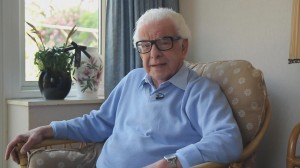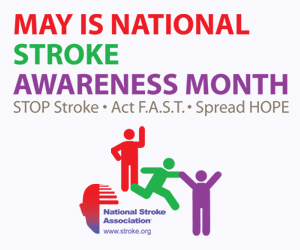The new study called FOURIER (sponsored by Amgen Inc. and supported by the Imperial College Clinical Trials Unit) has been launched in the UK as part of a global programme (also taking place across Europe, US, Canada, Australia, Asia and Latin America) to provide more evidence to inform and guide future strategies in the secondary prevention of cardiovascular disease
The study will investigate whether taking a new type of treatment, which studies so far suggest can reduce LDL cholesterol by about 50%, on top of a statin will reduce the risk of major cardiovascular events compared to just taking statin therapy.
22,500 people who have had an ischaemic stroke, a heart attack or who have peripheral arterial disease are being recruited world-wide for the trial which is expected to last 5 years. People taking part in the study will receive an experimental cholesterol lowering study drug in combination with optimal statin therapy OR optimal statin therapy alone.
Over 1800 people have taken part in earlier phase studies with this agent to date and studies where it was given on top of a statin indicate it can reduce LDL cholesterol by over 50% compared to statin therapy alone. The new medication currently being researched is not yet licensed for use.
More people die from cardiovascular disease (CVD) each year than any other cause.[ii] In the UK the main cause of death was CVD, accounting for almost 180,000 deaths in 2010 – around 1 in 3 of all deaths.[iii] Almost half (48%) of all CVD deaths was due to coronary heart disease (CHD) and over a quarter (28%) are from stroke.3
If you have already had a heart attack or stroke or have peripheral arterial disease this puts you at greater risk of having a second cardiovascular event.2
However, the risk of recurrence or death can be substantially lowered with a combination of drugs – statins to lower cholesterol, drugs to lower blood pressure, and aspirin.2
High cholesterol is a major contributor to cardiovascular disease. Every 1 mmol/L reduction in LDL cholesterol (the bad cholesterol) reduces the annual risk of a heart attack or stroke by 20%.[iv]
European heart guidelines state that patients with disease causing stroke merit the same degree of attention to treatment of lipids as to patients with heart disease.[v]
The vast majority of patients are discharged from hospital on statin therapy following an ischaemic stroke. However, the British Regional Heart Study found that only half continue to receive long-term statin therapy and only 31% receive all three recommended treatments (antiplatelet, blood pressure lowering, and statin).[vi]
The FOURIER study is recruiting patients to determine whether lowering LDL cholesterol by about 50% with a new kind of medication on TOP of a statin will further reduce the risk of having another heart attack or stroke.[vii] It is the first study investigating this new kind of treatment to specifically include patients who have already suffered an ischaemic stroke.
If you are interested in taking part in the study, watch our video with Professor Neil Poulter – Professor of Preventive Cardiovascular Medicine at Imperial College, London to hear more about how you can put yourself forward for the trials.
[ii] WHO Fact Sheet 317. March 2013. http://www.who.int/mediacentre/factsheets/fs317/en/
[iii] Townsend N et al. Coronary Heart Disease Statistics 2012 edition. British Heart Foundation:London.
[iv] Cholesterol Treatment Trialists’ Collaboration. Efficacy and safety of more intensive lowering of LDL cholesterol: a meta-analysis of data from 170 000 participants in 26 randomised trials. Lancet 2010;376:1670–81
[v] ESC guidelines on cardiovascular disease prevention in clinical practice (version 2012). Eur Heart J 2012; 33:1635–1701 – page 1686 – accessed September 2013. http://www.escardio.org/guidelines-surveys/esc-guidelines/GuidelinesDocuments/guidelines-CVD-prevention.pdf
[vi] Ramsay S et al. Missed opportunities for secondary prevention of cerebrovascular disease in elderly British men from 1999 to 2005: a population-based study. J Public Health 2007;29:251-57.



